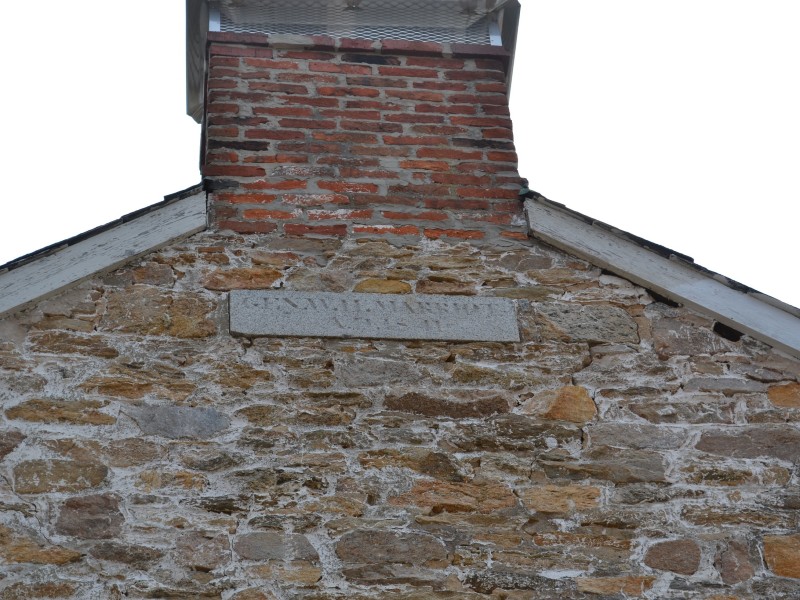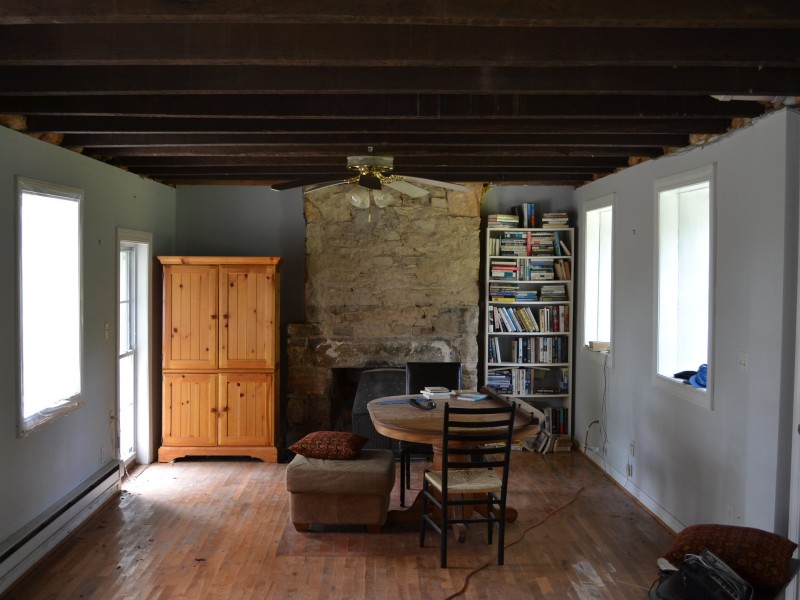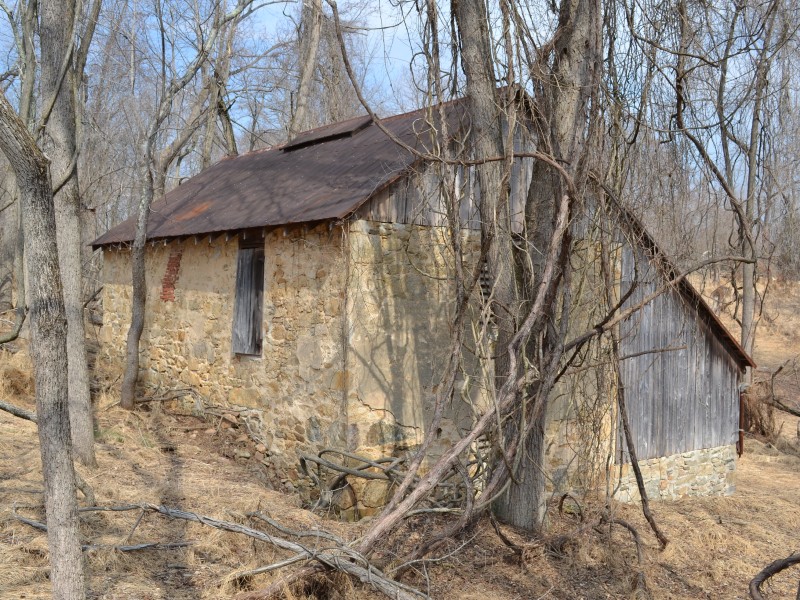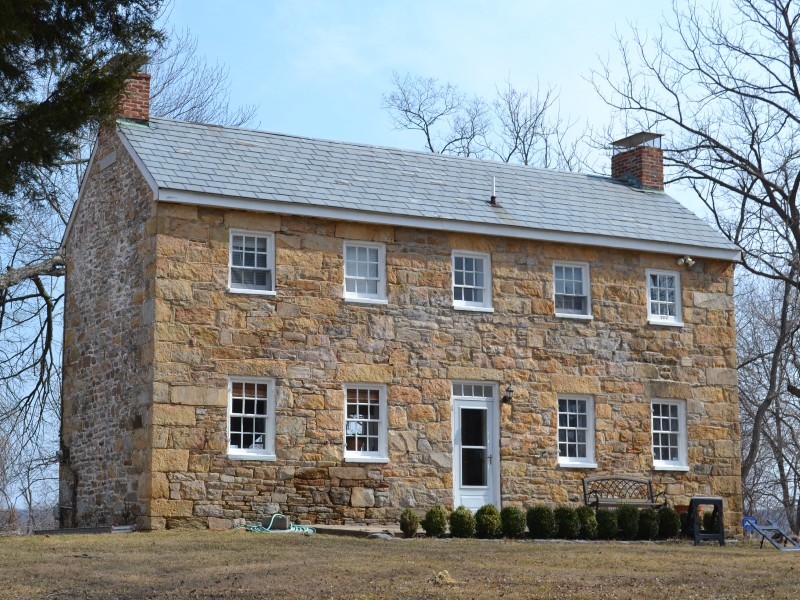Does living in a historic house located in one of Maryland’s State Parks sound like a dream come true? Ivy Hill in Patapsco Valley State Park is now available through Maryland’s Resident Curatorship Program.
Ivy Hill in Patapsco Valley State Park
Ivy Hill was constructed in 1841 by William Hammond Marriott for use as a tenant farm. The property was acquired by Maryland Department of Natural Resources (DNR) in 1980 and is now included as a part of Patapsco State Park. Located in Marriottsville, Howard County, Ivy Hill is within easy commuting distance of both Baltimore and Washington, DC and is in close proximity to restaurants, grocery stores, and other amenities. Despite rapid development in the area, Ivy Hill retains its rural charm with rolling hills, mature trees, sunken farm lanes, and unspoiled views.
The Ivy Hill curatorship includes the stone farmhouse, five outbuildings, and the surrounding six acres of land. DNR is in search of a partner to rehabilitate the house and outbuildings and to ensure the continued preservation of this important piece of Maryland’s history.
MORE INFORMATION
- The Ivy Hill Request for Proposals is due by August 12, 2019.
- Go to the Resident Curatorship Program homepage for information on this and other available properties.
- Contact Program Manager, Peter Morrill at peter.morril1@maryland.gov or 410-260-8457.
- Ivy Hill, 2015. Photo from Maryland DNR.
- Ivy Hill, 2015. Photo from Maryland DNR.
- Ivy Hill, 2015. Photo from Maryland DNR.
- Ivy Hill, 2015. Photo from Maryland DNR.
MARYLAND DEPARTMENT OF NATURAL RESOURCES RESIDENT CURATORSHIP PROGRAM
The Resident Curatorship Program was begun in 1982 in an effort to preserve state-owned historic resources. As the largest landholder in the state, Department of Natural Resources (DNR) owns many historically significant sites and structures. Some of these, like Fort Frederick in Washington County or Rock Run Mill in Harford County, are operated as museums while others are used for park operations and staff housing. Unfortunately, given the realities of tight budgets and an excess of buildings, not all of the historic structures in the department’s portfolio can be maintained.
This is where the Resident Curatorship Program comes in.
Rather than allow these historically significant properties to fall into ruin, the Resident Curatorship Program offers them to the general public for restoration. Curators are responsible for all costs associated with restoration and maintenance of the property but receive life tenancy free of rent in exchange for their efforts. Because the property remains in possession of the state, it is also exempt from state-levied property taxes.
Since its inception in 1982, the program has grown to include 48 properties throughout the state and has leveraged over $11.6 million dollars of private investment in state-owned real estate. This successful program has been the model for similar efforts in other states such as Massachusetts and Delaware.





